

Matt Campbell
2026 Hyundai Tucson Hybrid review
44 Minutes Ago
Maserati is sending the V8 engine off in style, with a pair of special editions that will make it Down Under. We've driven them in Europe.
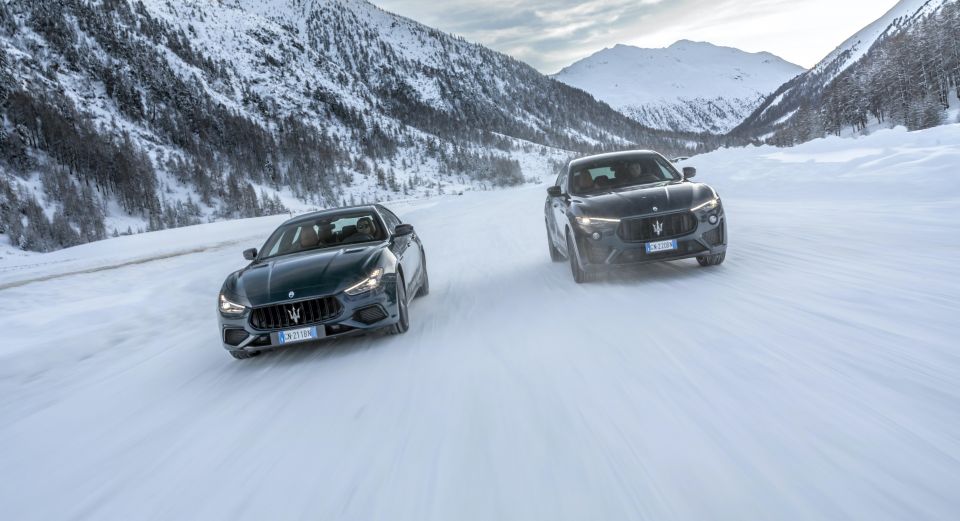
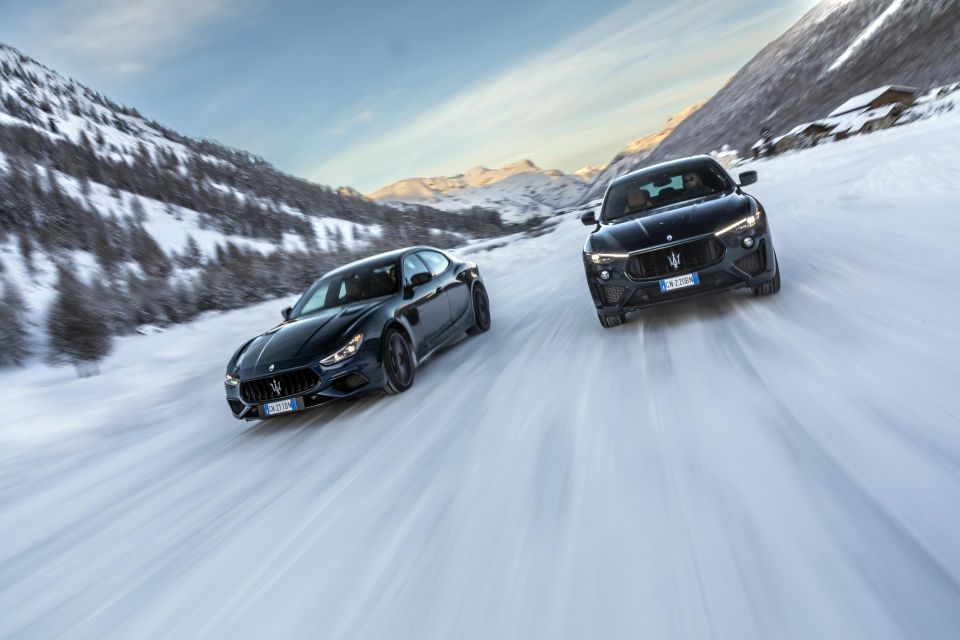

Where expert car reviews meet expert car buying – CarExpert gives you trusted advice, personalised service and real savings on your next new car.
It’s the end of the road for the V8 engine at Maserati, and the company is sending it off in style with limited editions of the Ghibli sedan and the Levante SUV.
The 2024 Ghibli 334 Ultima and the Levante Ultima will be the last Maseratis with an engine format that has powered some of the fastest and most exotic cars built by the Italian company since 1959.
Maserati’s long goodbye farewells the F154 3.8-litre twin-turbo V8 shared with Ferrari, which has powered top-of-the-range versions of the Ghibli sedan and the Levante SUV since 2018.
In Maserati specification, the F154 features a cross-plane crank and a wet sump – the Ferrari version used in the Roma, F8 Tributo, and SF90, is dry-sumped, with a flat-plane crank. In the Levante and Ghibli, it develops 426kW at 6750rpm, and 730Nm between 2250rpm and 5250rpm.

Just 103 Ghibli 334 Ultimas will be offered, all painted in a deep pearlescent blue called Blu di Persia. Both the number to be built and the colour they are all painted are a nod to Maserati’s first ever V8-powered road car, the 5000GT.
Maserati built just 34 5000GTs between 1959 and 1966, with bodies from nine different coachbuilders.
The 5000GT was created at the request of the Shah of Iran, who wanted a car that combined the comfort and features of Maserati’s six-cylinder 3500GT coupe with the performance of its V8-powered 450S sports racer, and offered to pay the development costs to get it built.
Known internally as the Tipo 103, the Shah’s car had bodywork painted a unique shade of blue.
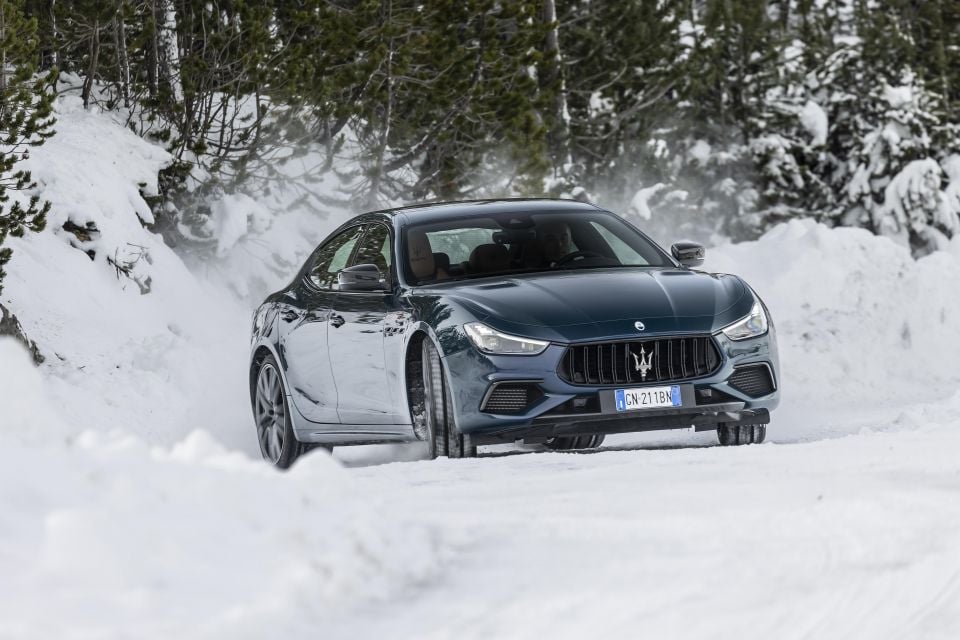
And the 334 bit? That refers to the limited-edition Ghibli’s top speed, in kilometres per hour, which Maserati says makes it the fastest four-door sedan in the world.
In addition to its special blue paint and the standard carbon exterior package, the Ghibli 334 Ultima is distinguished by a standard rear spoiler, matte dark graphite 21-inch alloy wheels, and a ‘334’ logo painted in red on the front guards.
Inside is an interior trimmed in black Alcantara and pale terracotta leather, with carbon fibre accents, 334 logos stitched into the seats, and a numbered plaque on the centre console.
We couldn’t confirm the 334 Ultima’s claimed top speed, which is 8km/h higher than that of the regular Ghibli Trofeo, on the snowy, sinuous mountain roads we encountered on our drive in the Italian Alps.

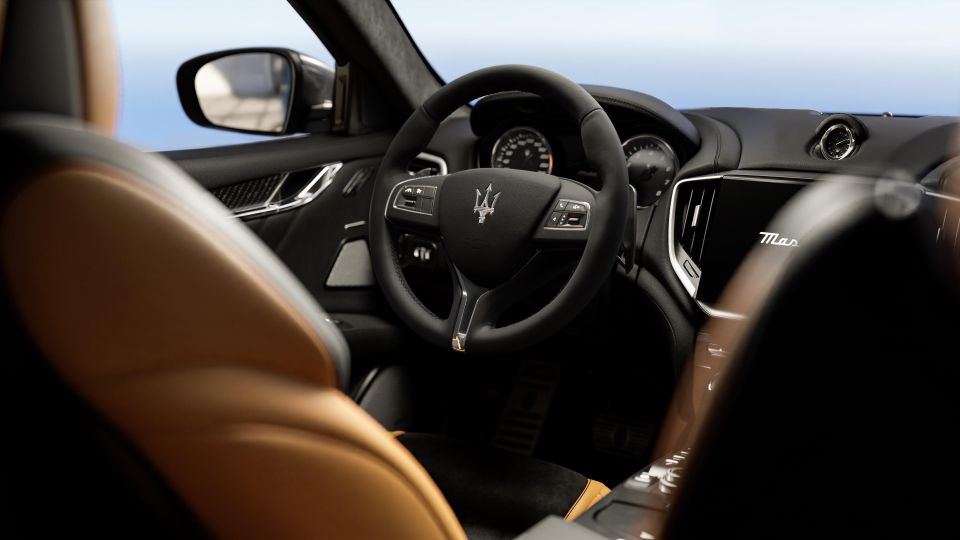

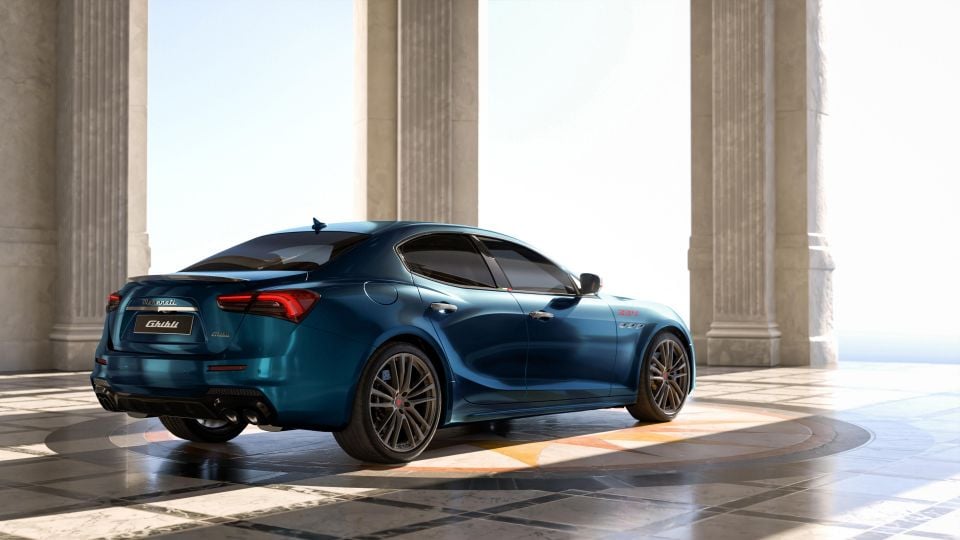
And we’ll have to take Maserati’s word that its 3.9 second 0-100km/h time is 0.4 seconds quicker than the Ghibli Trofeo. But we found enough dry(ish) tarmac to occasionally enjoy the V8’s animal snarl and intoxicating bite above 4000rpm. The F154 feels wonderfully vibrant and alive at the top end for a turbocharged engine.
Where did the extra performance come from? In a word, finessing. Though the 334 Ultima’s homologated weight of 2020kg is identical to that of the Trofeo, it weighs 25kg less thanks to its more sport-oriented standard equipment. The rear spoiler also helps reduce drag at high speeds.
And special, stickier compound tires help the car launch harder from a standing start.
Heavy snow and freezing temperatures also meant we couldn’t discover whether the 334 Ultima’s special compound tyres improved extended its dynamic envelope beyond that of the Ghibli Trofeo.
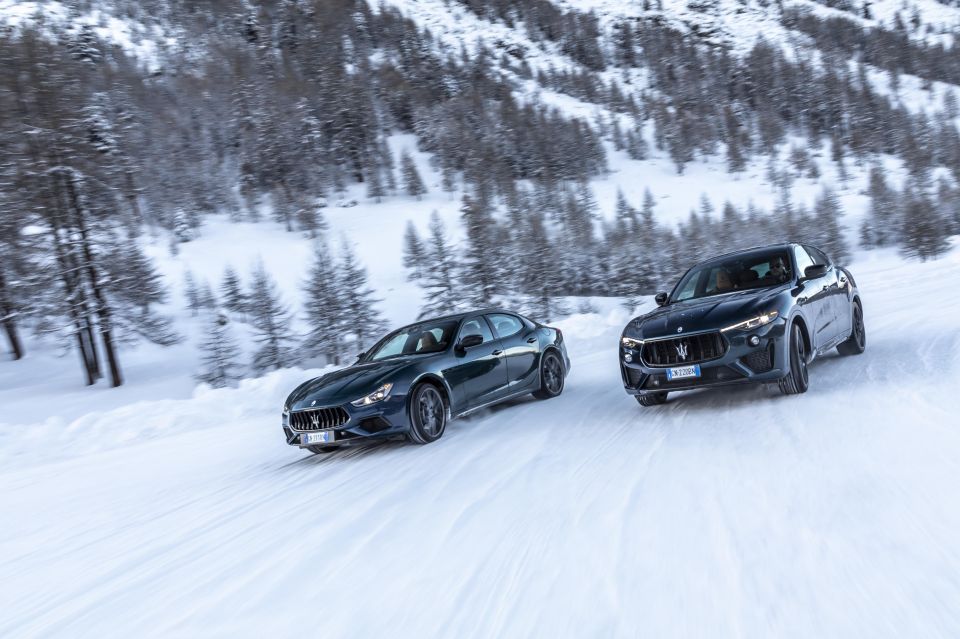
Our test car was instead fitted with Pirelli’s excellent Sottozero 3 winter tires, and the conditions tested their capabilities to the limit. What we can say is that the traction and stability control protocols in the Normal and Sport drive modes work well on slick surfaces, intervening quickly and smoothly to help keep the 334 Ultima on the road.
Corsa mode dials back the electronic nannies, which meant we only dared try it a couple of times. Apart from the stiffer ride and crisper throttle response, Corsa nicely sharpened the upshifts eight-speed automatic transmission.
Downshifts, even in manual mode, remained disappointingly sluggish, however. In addition to quicker downshifts, we’d also like a firmer, more decisive brake pedal to better finesse braking, especially on slippery surfaces.
On the same roads, in the same conditions, the calm composure of the Levante Ultima proved why powerful, all-wheel drive SUVs could rightly be considered the grand turismos of the 21 century.

All-wheel drive doesn’t rewrite the laws of physics, of course, but it does allow the Levante, which boasts a claimed top speed of 304km/h, to confidently tackle all roads in all weathers.
At 2240kg, the Levante Ultima weighs 220kg more than the Ghibli 334 Ultima, which dulls the response of the F154 V8 just a tad.
That said, in addition to propelling the Levante Ultima to more than 300km/h, the engine still has muscle enough to hustle the big, bluff Maserati from 0 to 100km/h in 4.1 seconds.
A total of 206 Levante Ultimas will be built, 103 of them painted blue (a colour called Blu Royale), the other 103 finished in a black named Nero Assoluto, with a ‘V8 Ultima’ logo painted on the front guards.
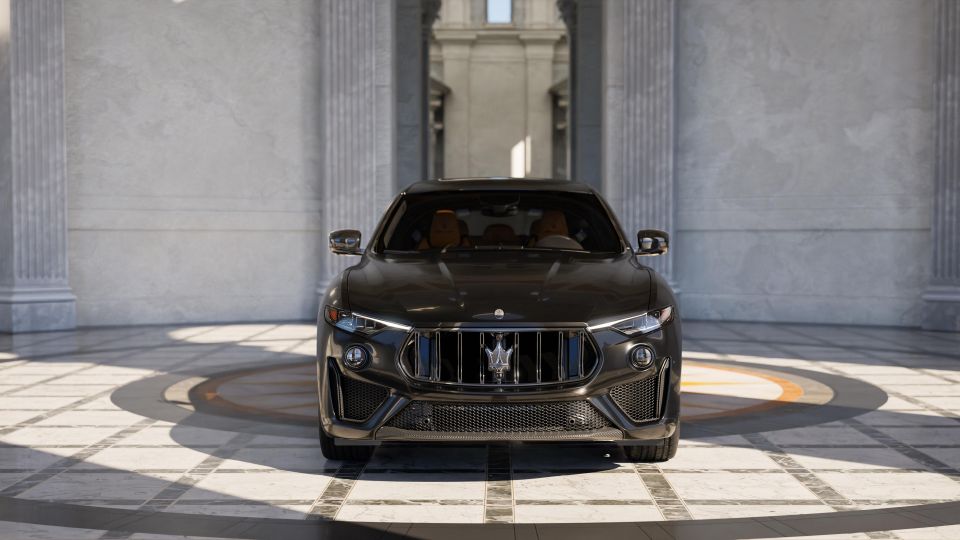
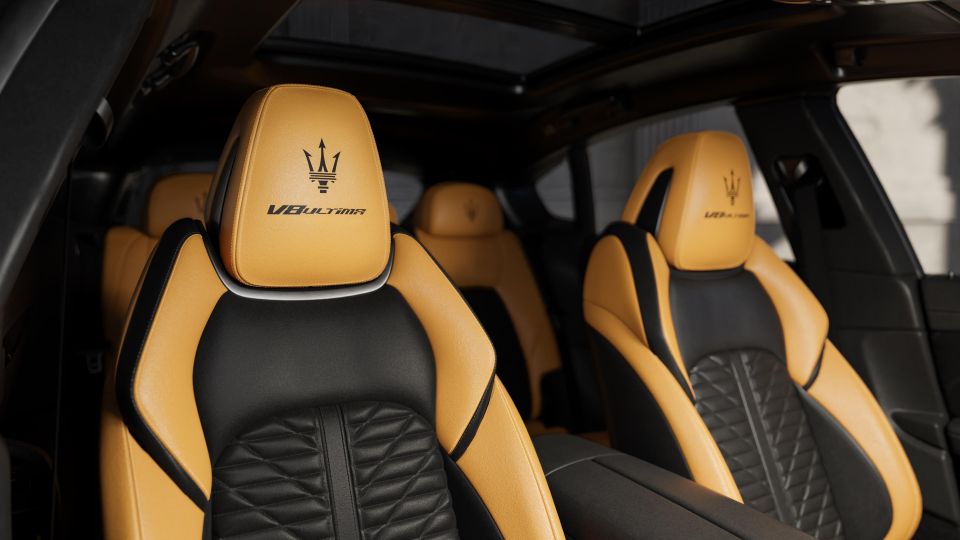
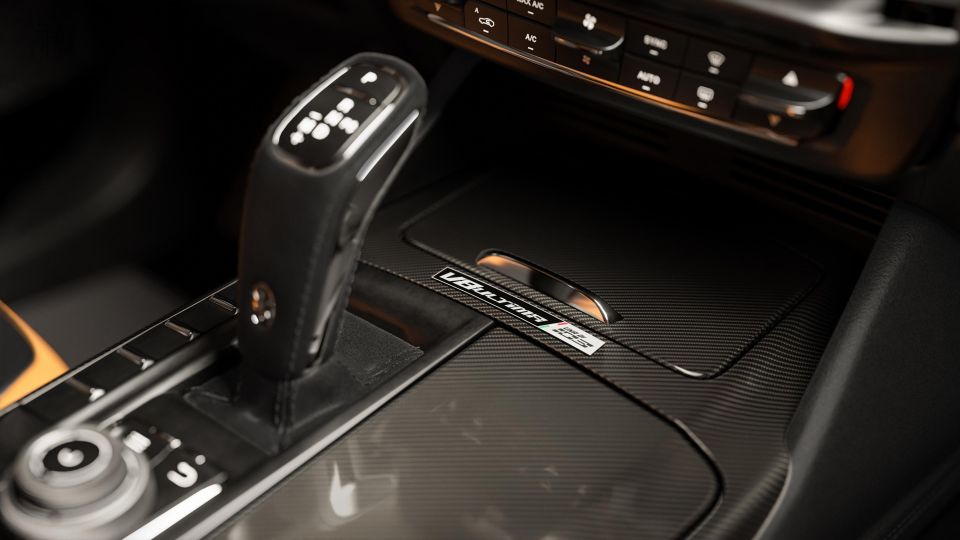
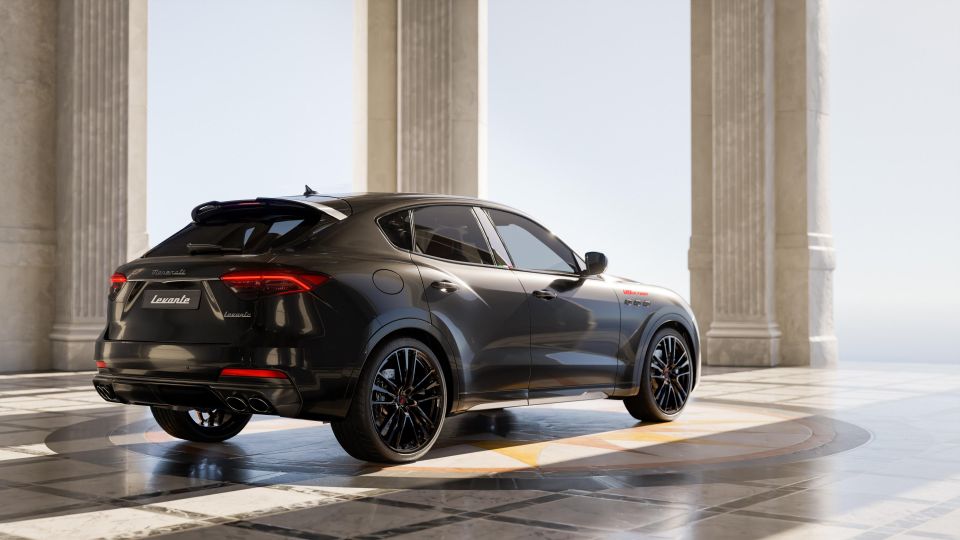
All roll on black-painted 22in alloy wheels. Like the Ghibli 334 Ultima, the Levante Ultimas will all come equipped with a carbon exterior package and an interior trimmed in pale terracotta and black, although the seat material is all leather rather than the 334’s leather and Alcantara combination.
Maserati has built more than 100,000 V8-powered cars since 1959, so the Ghibli 334 Ultima (five of which are coming to Australia) and the Levante Ultima (two of which are heading to our shores) represent the end of an era.
But it’s not just the V8 that’s going away; by the end of 2025 both the Ghibli and the Levante themselves will be replaced by all new models.
The Ghibli nameplate will in fact disappear altogether. In its place will be a new sedan built on a version of the platform that underpins the Gran Turismo coupe that goes on sale in Australia in 2024.
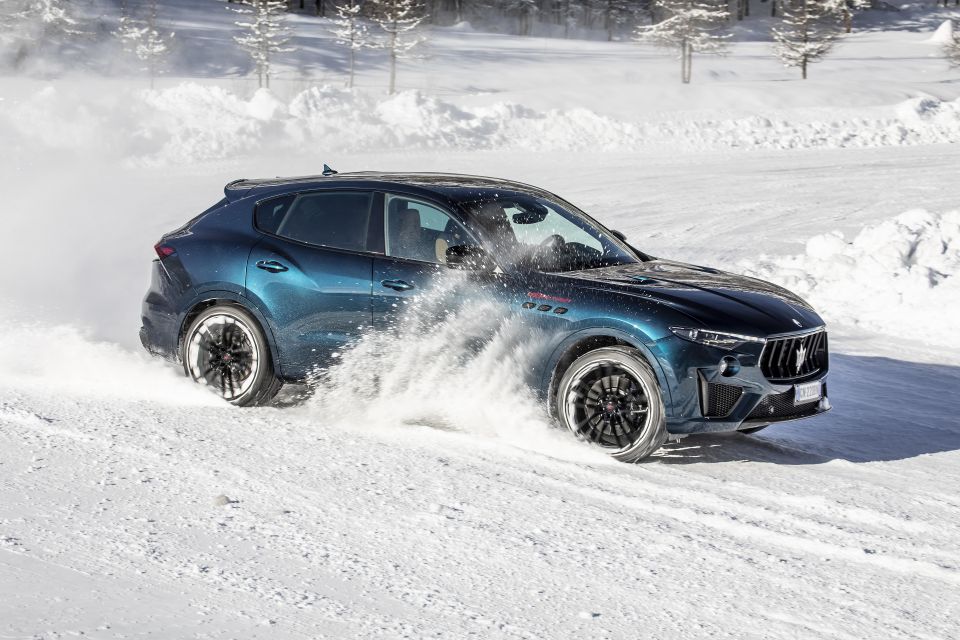
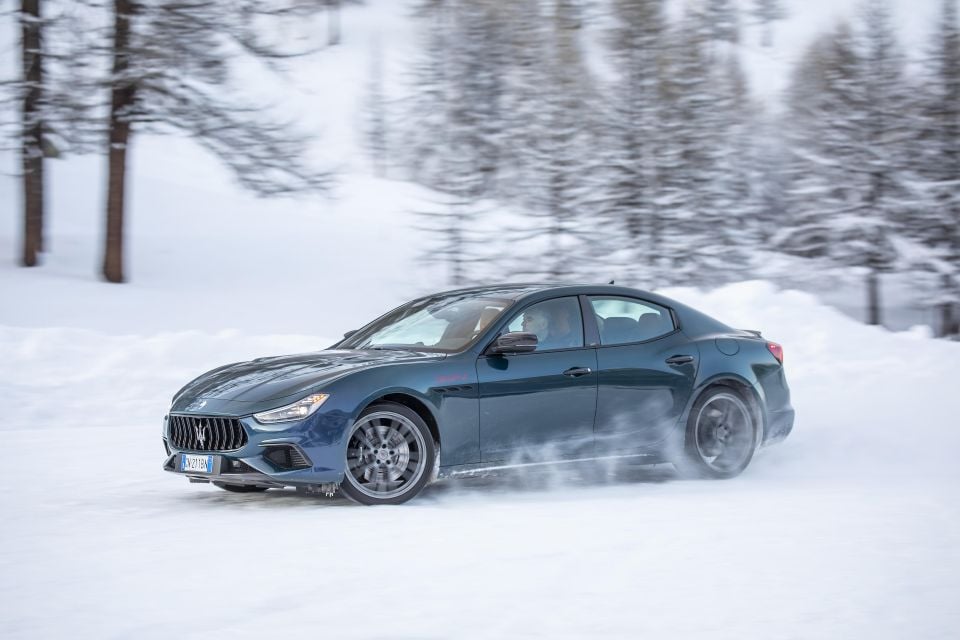
It will be badged Quattroporte – the current sedan of the same name, which is available in overseas markets, is also being phased out – and, like the Gran Turismo, will be available with the Nettuno V6 internal combustion engine or the Folgore electric powertrain.
The all-new Levante is scheduled to debut in 2025. And while Maserati has said it is committed to having nothing but EVs in its lineup by 2030, don’t be surprised if the Trident brand’s updated flagship SUV lineup includes models with a Nettuno V6 under the bonnet as well as pure electric powered versions.
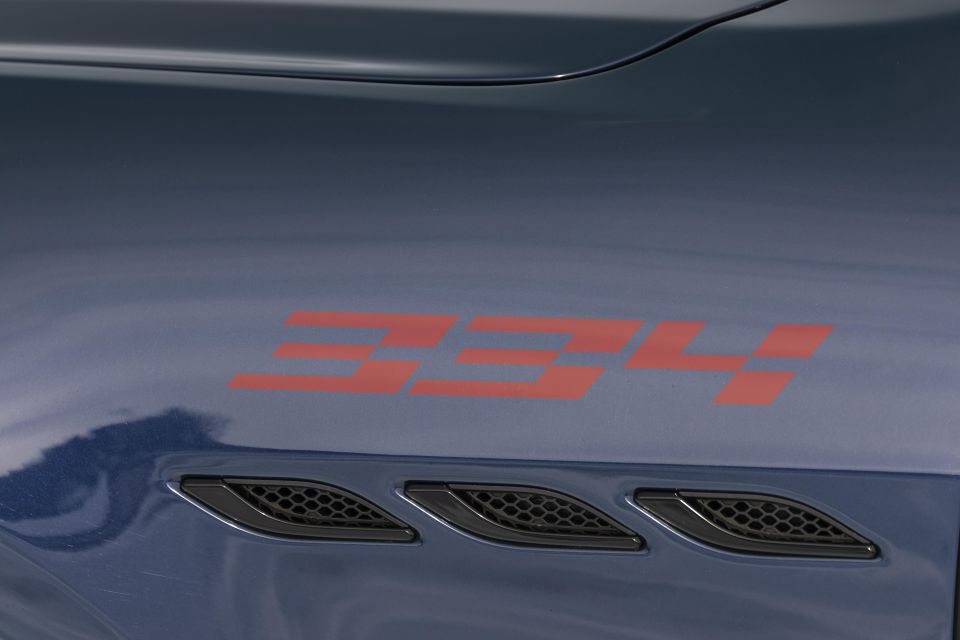
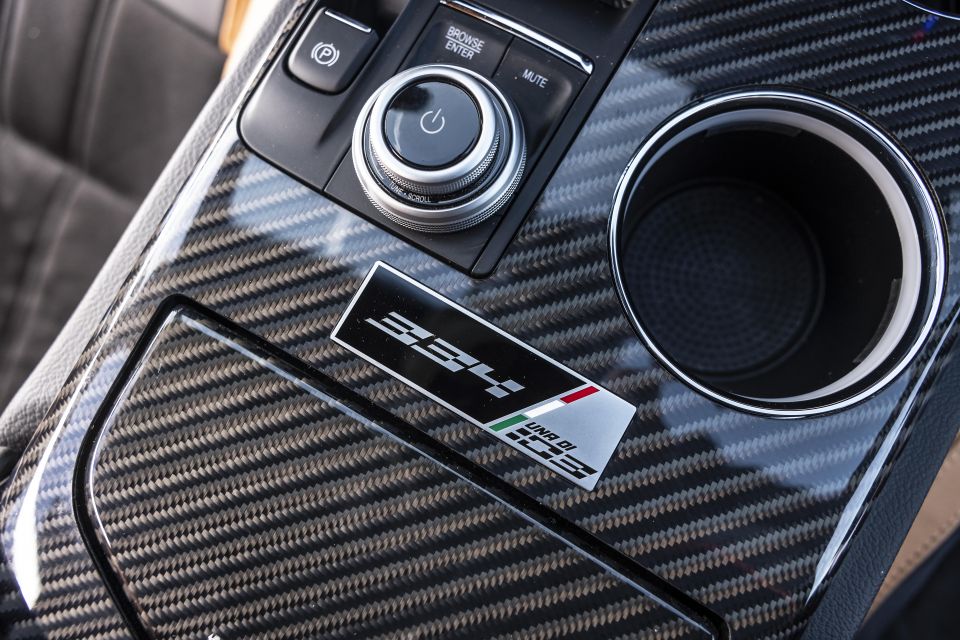
MORE: Everything Maserati Levante MORE: Everything Maserati Ghibli
Click on the imagesto view a full gallery
Where expert car reviews meet expert car buying – CarExpert gives you trusted advice, personalised service and real savings on your next new car.


Matt Campbell
44 Minutes Ago


Max Davies
17 Hours Ago


William Stopford
17 Hours Ago


Derek Fung
17 Hours Ago


Max Davies
1 Day Ago


William Stopford
2 Days Ago